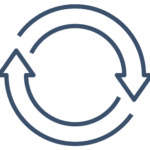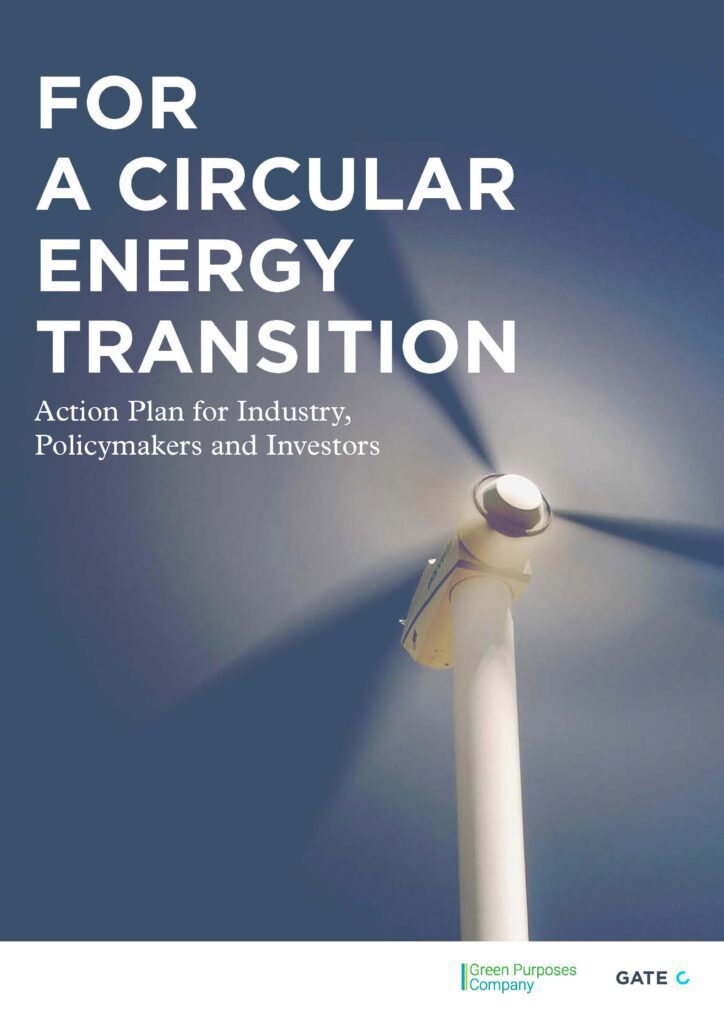A CIRCULAR ECONOMY FOR renewable energY
For a circular energy transition
Action plan for industry, policymakers and investors
Exponential demand for critical materials, drivenby the energy transition, may trigger supply chain problems.
The transition to renewable energy, is a major shift from a fuel-intensive to a material-intensive energy system. It drives an exponential demand for critical materials which may trigger major supply chain problems in years to come if no action is taken. In addition, from 2030 onwards, the renewable energy sector will face a “tsunami of waste” from photovoltaic panels, wind turbines and lithium-ion batteries arriving at the end of life. We need a circular economy for renewable energies.
Circular economy business models could help decouple the renewable energy sector from material consumption.
To reduce the overall demand for critical raw materials and minimise supply risks and negative environmental and social impacts, the renewable energy sector should transition toward a circular economy. Three key circular strategies can be harnessed for the renewable energy sector.

Circulate equipment and materials
Products and materials are kept in use and circulated in the economy by maintaining and repairing, reusing and refurbishing, repowering and recycling them.

Rethink business models
New business models enable to increase equipment usage by sharing equipment across users and usages and selling product-as-a-service.

Rethink material choices
Using fewer materials and substituting materials with renewable or low-carbon materials can reduce emissions, waste and virgin material demand.
Such a framework can unlock economic opportunities and create extra jobs; ultimately, decoupling the sector from material consumption.
However, facing major economic, regulatory and financial barriers, the transition of the sector towards a circular economy still has a long way to go.
- Recycling solar panels, wind turbines and lithium-ion batteries does not yet allow the recovery of most critical materials.
- Lithium-ion batteries and photovoltaic panels are designed for durability, not to be repaired or refurbished.
- Prices of second-hand photovoltaic panels are not competitive.
- Administrative requirements hinder the wind turbines’ life extension.
- Investing in recycling infrastructures remains risky and not always economically attractive.
An action plan is required for the renewable energy sector to be fully aligned with the principles of a circular economy and reap its benefits.
This action plan is based on three main levers: Design assets for a circular economy; Build circular value chains; Create the right economic and policy conditions. It should be driven by industry players, policymakers and investors.
To learn more on circular economy on renewable energy…
Please complete the form below to download our report or read the report on line here.

The report has been launched in Parliament on 21 February in partnership with cross-party think tank Policy Connect, with Under Secretary of State at the Department for Energy Security and Net Zero, Lord Callanan, making the keynote address. Read more.